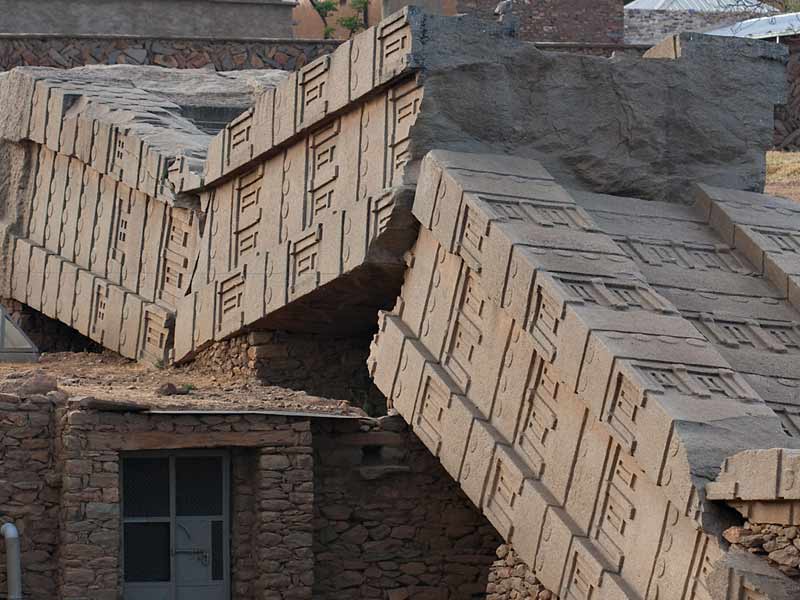-
Featured
-
Featured
-
Featured
-
Featured
You are booking for The Ancient civilization of Axum
The Semitic speaking people called Axsumites (Abyssinians); centered at their capital city Aksum in the western part of the province of present day of Tigray, from there came to control both the highland and coastal regions of northern Ethiopia.
The ancient Axsumites developed a civilization of considerable sophistication, and that has been evidenced by recent excavations. Aksum’s contribution in such fields as architecture and ceramics is both original and impressive. They were able to develop a series of favorable situations for themselves to become the dominant power group in the regions and they developed their very characteristic civilization in the area which is now a day represented by the Tigray region.
Their development of the vocalization of the Ge`ez or Ethiopic script allowed them to leave, alone of ancient African states except Egypt and Meroë, a legacy of written material from which we can gain some impression of Axumites’ ideas and policies from their own records. In addition, uniquely for Africa, they produced a coinage, remarkable for several features, especially the inlay of gold, silver and bronze coins. This coinage, whose very existence speaks for a progressive economic and ambitious political outlook, bore legends in both Greek and Ge`ez, with names of the successive kings of Aksum for some three thousand years. The coinage can accordingly be used as a foundation for a chronology of the kingdom’s history.
The massive Stelae, the Axum Zion Church, the ruin palaces, tombs and many other archeological findings are all the symbols of the glorious Axumite civilization signifying this ancient city as a center of civilization, religion and administration in the continent of Africa. The fallen obelisk with a height of 33 meters is the tallest obelisk engraved out of a single stone. The 24 meter high obelisk is still standing and the other one with a height of 27 meters was cut in to three parts and taken to Rome by the personal order of fascist Bonto Musoloni in 1937 and returned back to Axum in 2005. They are all regarded as one of the finest examples of engineering from the height of the Axumite Empire.
The town of Aksum is today only a small district centre, not even the capital of the Northern Ethiopian province of Tigray in which it is situated. However, despite this relative unimportance in modern times, Aksum’s past position is reflected by the prime place it occupies in the fabric of legends which make up traditional Ethiopian history. For the people of Ethiopia, it is even now regarded as the ancient residence and capital city of the Queen of Sheba, the second Jerusalem, and the resting place of the Ark of the Covenant.









